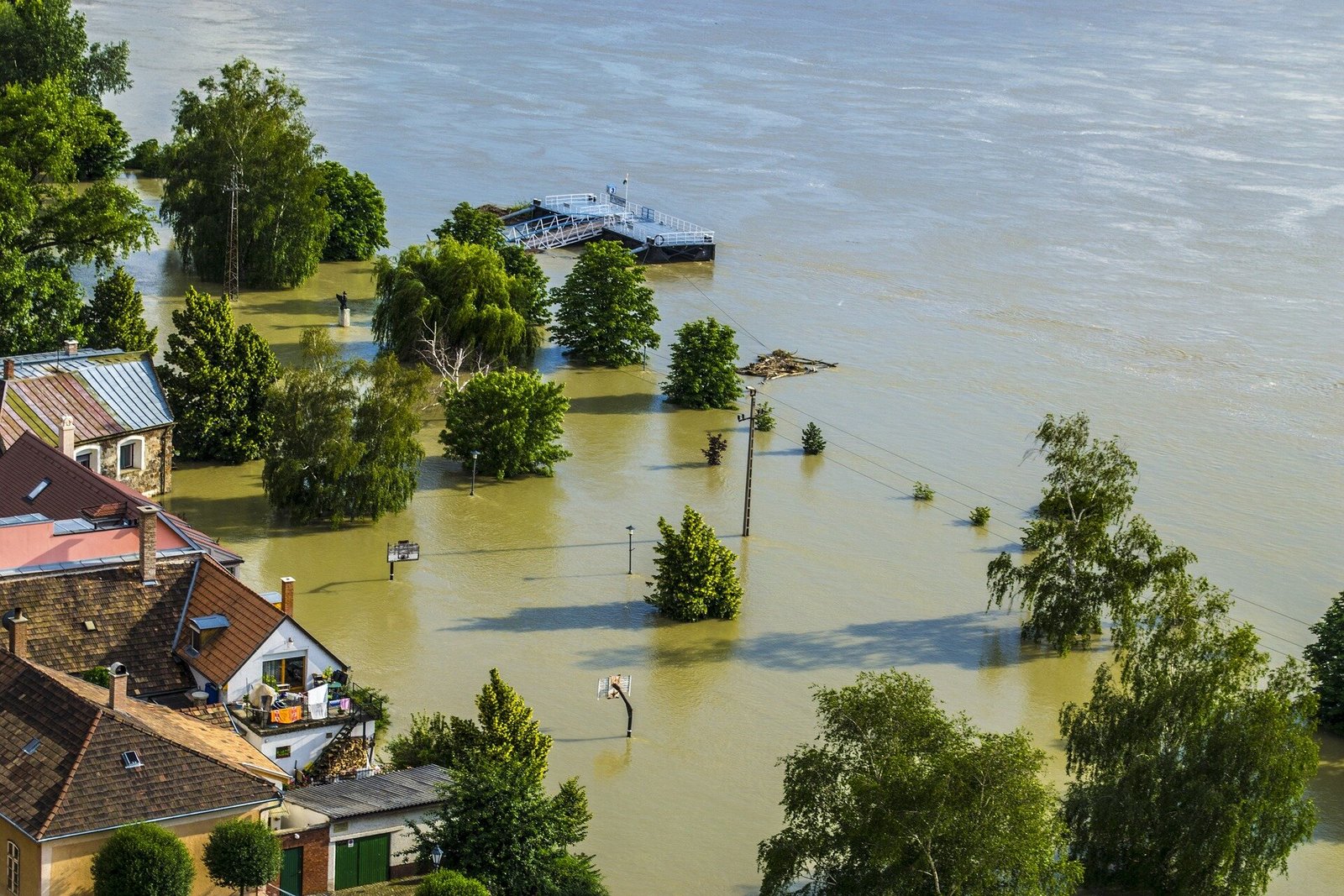
Our ability to predict extreme weather from thunderstorms, like the recent catastrophic flash floods in Texas, is unsettlingly poor, even in the hours leading up to the event. Improvements in understanding, detecting and predicting extreme thunderstorms—and increasing community resilience to them—are badly needed.
Severe thunderstorms are a regular aspect of summer weather in Canada. A severe storm becomes extreme when the intensity of a thunderstorm hazard (tornado, downburst, damaging hail or flooding rains) escalates to a level rarely observed. Or, when the impacts of a storm are extreme due to enhanced exposure and vulnerability, resulting in significant casualties and economic losses. In some cases, both intensity and impacts are extreme.
At the new Canadian Severe Storms Laboratory at Western University, we’re exploring how to understand and reduce risks produced by extreme weather. Research projects include the Northern Tornadoes Project, the Northern Hail Project, the Northern Mesonet Project and an upcoming project focusing on thunderstorm flash flooding.
Extreme storms
We compiled a list of the top 10 worst natural disasters in Canada, ranked by insured losses over the last 20 years. While the 2016 fire that devastated Fort McMurray, Alta., tops the list, half of the events are associated with extreme thunderstorms.
This includes two Calgary-area hailstorms in 2020 and 2024, the Ontario-Québec derecho of 2022 and two Toronto-area flash floods (2024 and 2013). Each of these disasters cost close to $1 billion or more in insured losses.
One commonality among these events is that on the morning of the extreme event, there was little to no indication that an extreme thunderstorm would occur. In fact, in each case, it was not clear even during the storm that an extreme event was underway. Clearly, this affects the accuracy, timeliness and urgency of weather alerts meant to keep people safe.
Another commonality is that extreme thunderstorms can have a very short “fuse.” Unlike heat waves, droughts and other larger-scale phenomena, the threat due to thunderstorm-related extreme weather can increase suddenly.
Risk assessment and unreasonable data
A simple model of risk is “hazard” x “vulnerability”, which means that the risk to people and property can be determined based on both the type, intensity and coverage of a dangerous weather phenomenon and the ability of households and infrastructure to cope with and recover from the hazard’s harmful impacts.
Weather forecasters are trained to analyze and synthesize all available meteorological data to identify the most likely future state of the atmosphere and any related risks.
This often involves dismissing extreme outliers—if the numerical weather prediction (NWP) models are even able to predict them—and focusing on more plausible forecasts. Weather observation networks are also not optimized for extreme weather; sometimes, critical data are lost in power outages or are suppressed because they go beyond what is deemed reasonable.
With the 2013 Toronto flood, for example, even cutting-edge NWP models using a variety of different approaches were unable to reproduce the focused rainfall that resulted in the flash flooding. Future NWP models need to be optimized for handling such extreme events.
Extreme impacts
On the vulnerability side of the equation, it is rarely clear where exactly a storm—be it severe or extreme—will hit, even just hours before. If it affects a vulnerable area, like a tornado hitting tightly packed homes in a subdivision or heavy rain affecting a campground surrounded by steep terrain, then impacts are likely to be extreme.
So what actions are required to optimize detecting, forecasting and alerting for extreme thunderstorms? First, a more sophisticated model of risk might be: risk = (hazard x vulnerability x exposure) / resilience.
This helps to further refine the risk.
To enhance our ability to detect, predict and alert for extreme thunderstorm hazards, we need to develop techniques and tools to better identify situations where the outlier solution may be plausible or even realistic, given the conditions.
This is required both for NWP models that are increasingly used for forecasting, and for observation networks such as weather stations and radars that can indicate to a forecaster that a warning is needed immediately.
To know where hazards occur most frequently, we need to know the hazard’s climatology—the locations where it is strongest or occurs most frequently. This requires collecting vast quantities of data, assessing the intensity of hazards and ensuring the quality of the data. Improved data will allow decision-makers to minimize costs, ensuring that the benefits of the measures outstrip the costs.
Improved knowledge about community vulnerability is also important. Up-to-date flood maps are critical for understanding how heavy rain may turn into disastrous flash flooding, for example. However, preparing a community for an event having an intensity it has never experienced before is an additional challenge.
Resilient communities
As urbanization continues and cities grow outward, exposure to hazards is increased. What were once fields or flatlands become vulnerable residential or industrial developments.
Communities can improve their resilience to extreme thunderstorms through short-term coping tactics and longer-term adaptive strategies—particularly as weather extremes in general increase due to climate change.
Overall, improving our ability to detect, predict and alert for extreme thunderstorms—and increase community resilience to them—is a massive undertaking. It is essentially a community endeavor that requires the efforts of academia, governments, industry, emergency managers and the public.
The ultimate goals are to prevent casualties, and to keep people in their homes and keep schools and businesses open, following extreme thunderstorm events.
Provided by
The Conversation
This article is republished from The Conversation under a Creative Commons license. Read the original article.![]()
Citation:
It’s challenging to predict extreme thunderstorms—improving this will help reduce their deadly and costly impacts (2025, August 9)
retrieved 9 August 2025
from https://phys.org/news/2025-08-extreme-thunderstorms-deadly-impacts.html
This document is subject to copyright. Apart from any fair dealing for the purpose of private study or research, no
part may be reproduced without the written permission. The content is provided for information purposes only.




